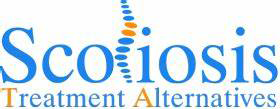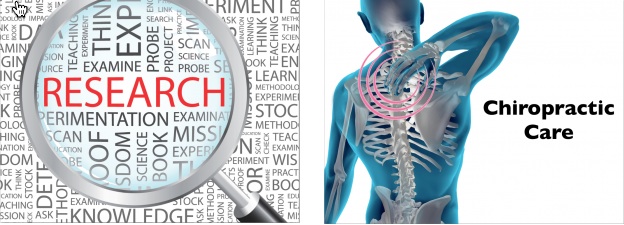There are only a handful of studies done to evaluate the effectiveness of chiropractic for scoliosis. Here is a summary of the most important ones.
1. Outcomes for adult scoliosis patients receiving chiropractic rehabilitation: a 24-month retrospective analysis on the effectiveness of chiropractic for scoliosis by Mark Morningstar, D.C. Published in the Journal of Chiropractic Medicine in September 2011 showed of the 28 patients in the study that underwent a 6 month course of exercise based chiropractic treatment that all had improvements in their Cobb angle measurements, levels of pain, disability ratings and vital lung capacities and these results were found to remain stable in their 24 month follow up examinations.
2. Scoliosis treatment using a combination of manipulative and rehabilitative therapy: a retrospective case series by Mark Morningstar, D.C., Dennis Woggon, D.C. And Gary Lawerence D.C. done in 2004 showed that a combination of chiropractic adjustments and specific postural therapies was able to significantly reduce (17 degrees) the severity of Cobb angles in 19 of the 22 patients who entered the study. A larger study was suggested to be done of this type of protocol, which was essentially the Clear Method.
3. Study on Chiropractic Care for Adolescent Scoliosis done in 1997 funded by the Foundation on Chiropractic Education and Research was performed by Charles Lantz, D.C. PhD. It was the first large scale research study of the benefits of chiropractic care on scoliosis who looked to examine 150 adolescents (9-15 years old) with mild scoliosis (less than 20 degrees) who were provided full spine- chiropractic adjustments 3 times per week for a year, heel-lifts and postural counseling.While only 40 of the original study participants completed the full program, each of their before and after x-rays were compared. The results showed that the average reduction of curvatures measured 1.4 degrees. Although the study was admittedly flawed as they did not have a control group to compare their results with, they were able to demonstrate the effect of chiropractic care alone for the treatment of scoliosis. While the researchers optimistically concluded that “Chiropractic appears to offer a distinct advantage in the management and monitoring of early state scoliosis” a change of 1-2 degrees is rather insignificant especially when considering that it falls within the margin of error for marking the Cobb angle on x-ray. Yet they went on to say that they felt that Chiropractic appears to offer a distinct advantage in the management and monitoring of early stage scoliosis primarily because the medical community does not offer any treatment for a scoliosis less than 20 degrees.
4. Adolescent Idiopathic Scoliosis Treatment Using Pettibon Corrective Procedures: A Case Report by Morningstar, Strauchman and Gilmour investiged the benefits of using Pettibon corrective procedures to reduce curvatures associated with idiopathic scoliosis. They reviewed the clinical case of a patient with a 35° thoracolumbar scoliosis that underwent a 6 week treatment program with Pettibon corrective procedures that incorporated chiropractic adjustments and postural rehabilitative procedures and reduced her scoliosis by 43% (to 20°), decreased her pain on the Borg pain scale and improved her overall balance in before and after assessments. The results of this case study warranted further investigation in to this treatment method.
5. The Use of Upper Cervical Chiropractic Care for a Patient with Adolescent Idiopathic Scoliosis was a case study reported by the World Chiropractic Alliance of a 15 year old girl treated with an upper cervical specific technique called NUCCA showed that the severity of her scoliosis curvature had been reduced enough that surgical intervention was no longer needed. It was reported that prior to her parents seeking chiropractic care the patient had been diagnosed with scoliosis and due to the severity of her curvature she was recommended to undergo scoliosis surgery. Instead she sought opted for chiropractic care with a NUCCA provider, who evaluated her and provided her with a single, painless non-force instrument adjustment to her atlas (the top vertebra in upper cervical spine). The doctor then followed her case for 5 months. During that time her adjustment held and her scoliosis remained reduced and the girl was able to avoid surgical intervention. The case was written up by Kim Khauv, D.C. a faculty member at Life West Chiropractic College and Marshall Dickholtz, Sr. D.C., the author of a widely recognized hypertension study that showed the effectiveness of upper cervical specific adjusting for reducing blood pressure with without medications that was published in the Journal of Human Hypertension in May of 2007.
6.Correction of Juvenile Idiopathic Scoliosis After Primary Upper Cervical Care: a case study. K. Eriksen, Chiropr Res J, 1996; 3(3):25-33.
7. Chiropractic and scoliosis: a case study. KS Basu, NK Blankenship Chiropr Res J, 1999; 6(2):71-6.

